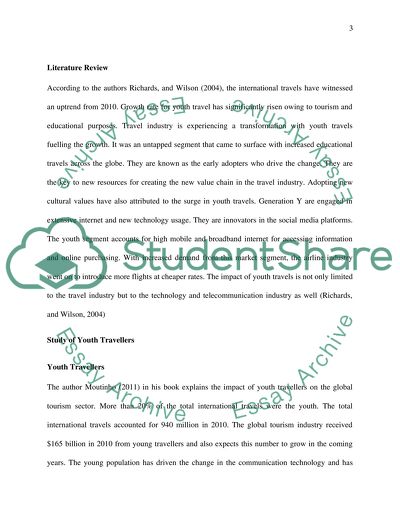Cite this document
(“Management project Essay Example | Topics and Well Written Essays - 2500 words”, n.d.)
Management project Essay Example | Topics and Well Written Essays - 2500 words. Retrieved from https://studentshare.org/marketing/1685269-management-project
Management project Essay Example | Topics and Well Written Essays - 2500 words. Retrieved from https://studentshare.org/marketing/1685269-management-project
(Management Project Essay Example | Topics and Well Written Essays - 2500 Words)
Management Project Essay Example | Topics and Well Written Essays - 2500 Words. https://studentshare.org/marketing/1685269-management-project.
Management Project Essay Example | Topics and Well Written Essays - 2500 Words. https://studentshare.org/marketing/1685269-management-project.
“Management Project Essay Example | Topics and Well Written Essays - 2500 Words”, n.d. https://studentshare.org/marketing/1685269-management-project.


